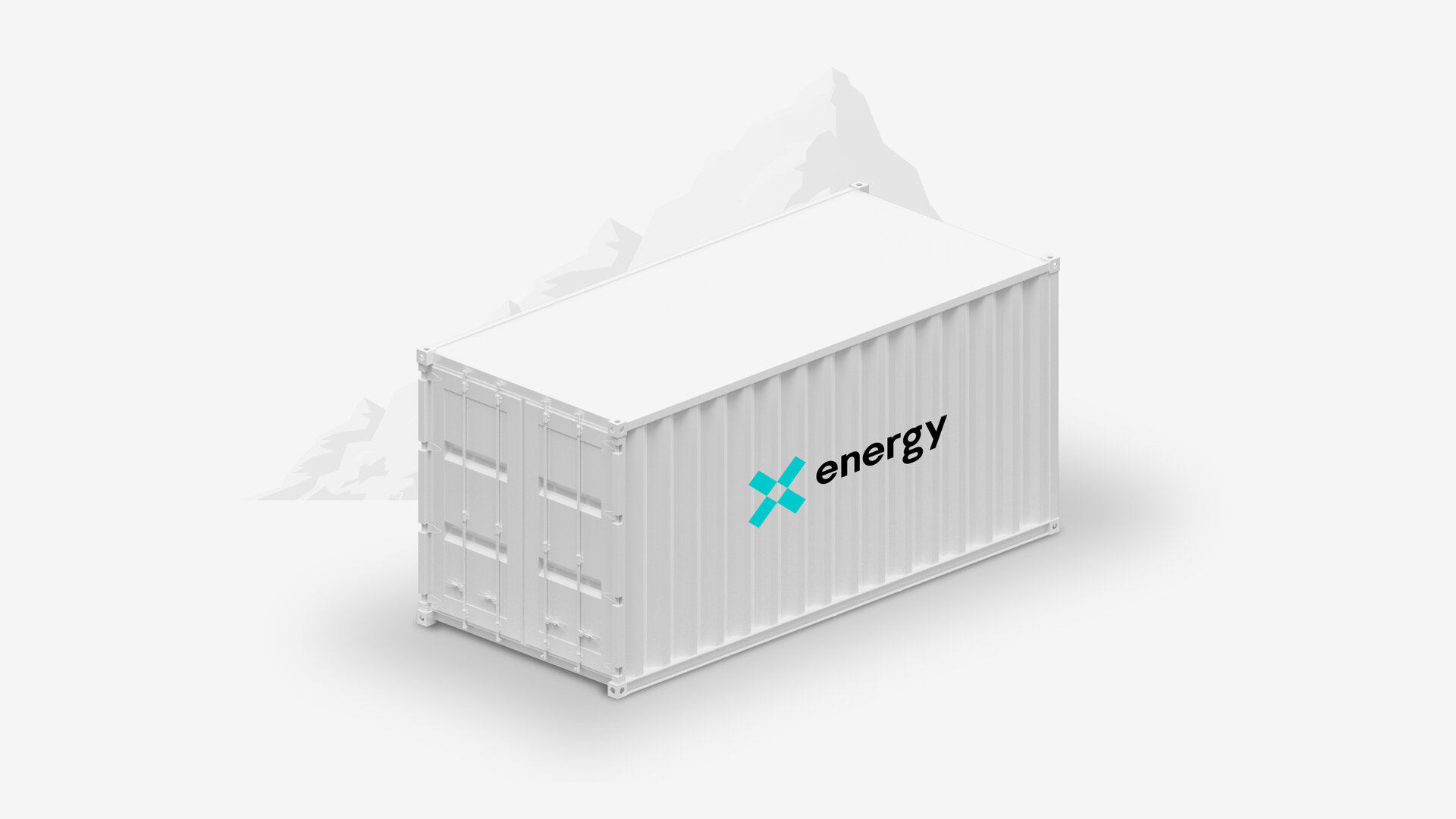Conceptual art of the Crowley-designed ship with a BWXT microreactor onboard. (Image: BWXT)
BWX Technologies is teaming with Crowley, a global shipping and energy supply chain company, under a memorandum of understanding to develop a ship with an onboard microreactor that could deliver power to users on shore via buoyed power cables. The concept, announced by both companies on September 20, is envisioned as a zero-carbon energy option for defense and disaster needs.
Conceptual art of a direct air capture CO2 removal system. (Image: DOE)
Given how much carbon dioxide has been released into the atmosphere from fossil fuels, replacing those fuels with clean options like nuclear energy is urgent, but could be likened to shutting the barn door after the proverbial horse has bolted. But what if you could also round up excess CO2 already in the atmosphere? That’s the goal of direct air capture (DAC) and other so-called negative emission technologies—to capture climate warming CO2 for use in products or processes or for permanent storage.
Bruce Power and Nordion will increase Co-60 production at the Bruce nuclear power plant in Ontario. (Photo: Bruce Power)
Bruce Power, the utility in Ontario, Canada, and health-care company Nordion announced that they are working to increase the production of cobalt-60 to meet increasing world market demands. The companies said they will increase the amount of Co-60 Bruce Power is able to produce in its reactors “by innovating a new adjuster component configuration.”
Conceptual art of USNC’s MMR, as proposed for construction on the UIUC campus. (Graphic: USNC)
It’s been almost 35 years since Illinois last added a nuclear power reactor to the grid (Braidwood-2, a pressurized water reactor operated by Constellation, reached commercial operation in October 1988). And it’s been 63 years since a research reactor reached initial criticality at the University of Illinois–Urbana-Champaign (UIUC). The university’s TRIGA Mark II started up in August 1960 and was shut down in 1998. For about 25 years, UIUC—the flagship public university in a state that generates more power from nuclear energy than any other—has lacked an operating research reactor.
DOE assistant secretary for nuclear energy Kathryn Huff and NEA director general William D. Magwood IV affirmed U.S. membership in the NEA Data Bank at DOE headquarters in Washington, D.C. (Photo: OECD NEA)
The United States has joined the OECD Nuclear Energy Agency (NEA) Data Bank, a decision that marks “a significant stride in international collaboration for nuclear energy research, safety, and knowledge exchange,” according to the August 16 NEA announcement. “As a country renowned for its scientific and technological excellence, the United States will undoubtedly enrich the Data Bank's repository of data, software, and benchmarks and enhance its role in fostering responsible nuclear development.”
PCAT is prepared for transport from INL to Pennsylvania for testing. (Photo: INL)
As global concerns about climate change and energy sustainability intensify, the need for cleaner and more efficient energy sources is more critical than ever. Nuclear power consistently emerges as an important part of the solution, driving the development of innovative technologies. While numerous fission technologies were built and proven in the early days of nuclear energy, times and regulations have changed. Between the 1950s and mid-1970s, Idaho National Laboratory built 52 reactors—then paused for five decades. Can this nation return to the frontier once again, embarking on new fission technologies? With a mature regulatory environment and increasing public support, how quickly can a new non–light water system be deployed in modern times?
General Fusion’s current plasma injector (PI3) is the 25th in a series of prototypes developed by the company. (Photo: General Fusion)
General Fusion announced on August 9 that it will build a fusion machine called Lawson Machine 26 (LM26) at the company’s new headquarters in the city of Richmond, British Columbia, near Vancouver. The machine is intended to achieve fusion conditions of over 100 million degrees Celsius by 2025 and progress toward scientific breakeven by 2026 to support the company’s vision of commercial fusion energy by the early to mid-2030s.













